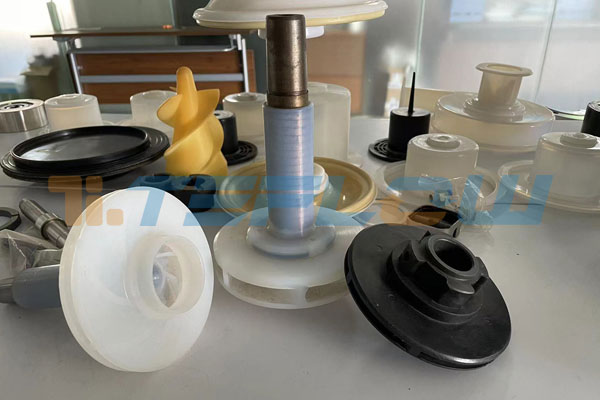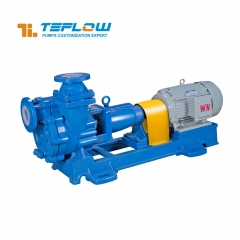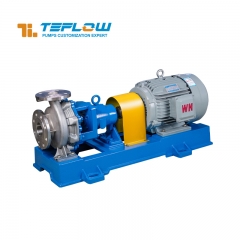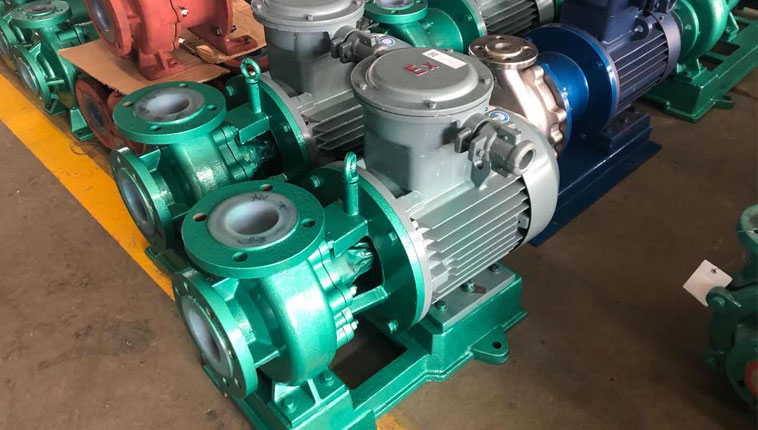Centrifugal pumps are common industrial equipment widely used in water supply, drainage, agricultural irrigation, chemical, and energy industries. One of the key components of a centrifugal pump is the impeller. This article aims to discuss the structure and working principle of centrifugal pump impellers, including the design and application of different types of impellers and their significant role in centrifugal pumps.
The impeller of a centrifugal pump is a crucial component that draws in fluid from the inlet and delivers it to the outlet using centrifugal force generated by rotation. The design of the impeller directly influences the pump's performance and efficiency. In engineering practice, various types of impellers are used in centrifugal pumps based on the nature of the fluid and the operational requirements. The following will provide a detailed overview of several common impeller structures, their working principles, and their applications.
1.Closed Impeller
A closed impeller is the simplest type of centrifugal pump impeller, consisting of one or multiple curved blades arranged in a radial pattern. It is typically used for low head and low flow applications, such as residential water supply systems. The working principle of a closed impeller involves using the rotational blades to generate centrifugal force that pushes the fluid outward. The fluid is then directed towards the pump outlet, creating fluid pressure.
2.Enclosed Impeller
Also known as a radial impeller, the enclosed impeller consists of blades that enclose around the shaft axis, forming a ring-like structure. This impeller is suitable for medium flow and medium head applications, such as cooling systems in industrial use. The enclosed impeller uses centrifugal force to push the fluid towards the outlet, providing higher pressure lift compared to closed impellers.
Semi-Open Impeller:
The semi-open impeller structure falls between the closed impeller and the open impeller. Its blades are enclosed on one side and open on the other. Semi-open impellers are suitable for high flow and medium head applications, such as wastewater treatment and large-scale industrial drainage systems. The fluid is propelled to the outlet through a combination of blade centrifugal force and pressure difference.
3.Open Impeller
Open impellers have curved blades arranged in an arc shape without a closed ring structure. This design is suitable for handling liquids containing solid particles, such as sewage treatment and ore beneficiation processes with suspended particles. The open impeller design allows particles to freely pass through the gaps between the blades, preventing blockages and damage.

Centrifugal pump impellers exhibit diverse structures, and selecting the appropriate impeller type based on specific application requirements is crucial for pump performance. Closed impellers are suitable for low head and low flow applications, enclosed impellers are suitable for medium flow and medium head, semi-open impellers are suitable for high flow and medium head, and open impellers are suitable for handling liquids with solid particles. Understanding and choosing the proper impeller type can enhance the efficiency and reliability of centrifugal pumps, ensuring their smooth operation in various industrial applications.





 +86 18130251359
+86 18130251359 teflowpumps@tlpumps.com
teflowpumps@tlpumps.com











 +86+0563-5093318
+86+0563-5093318
